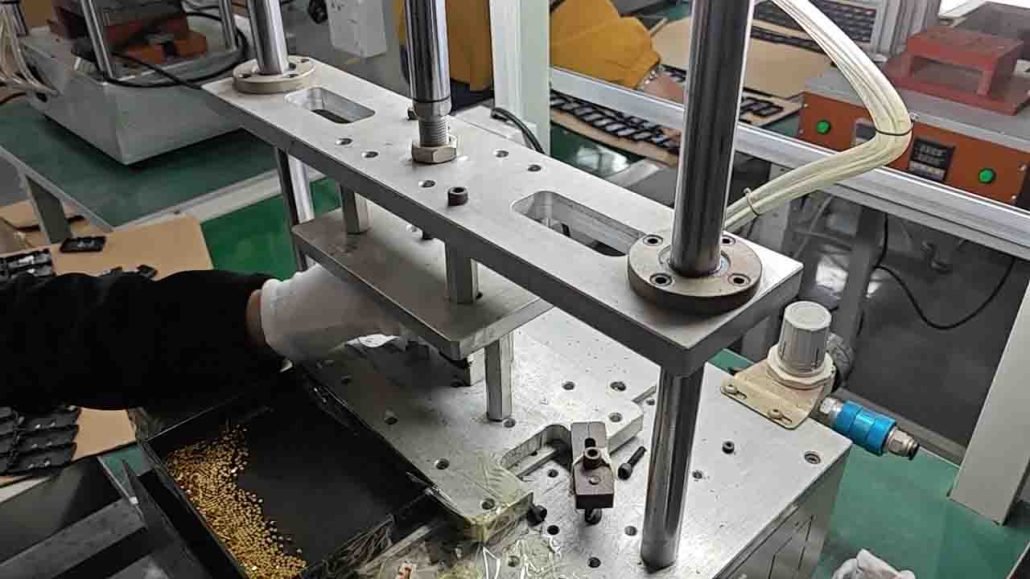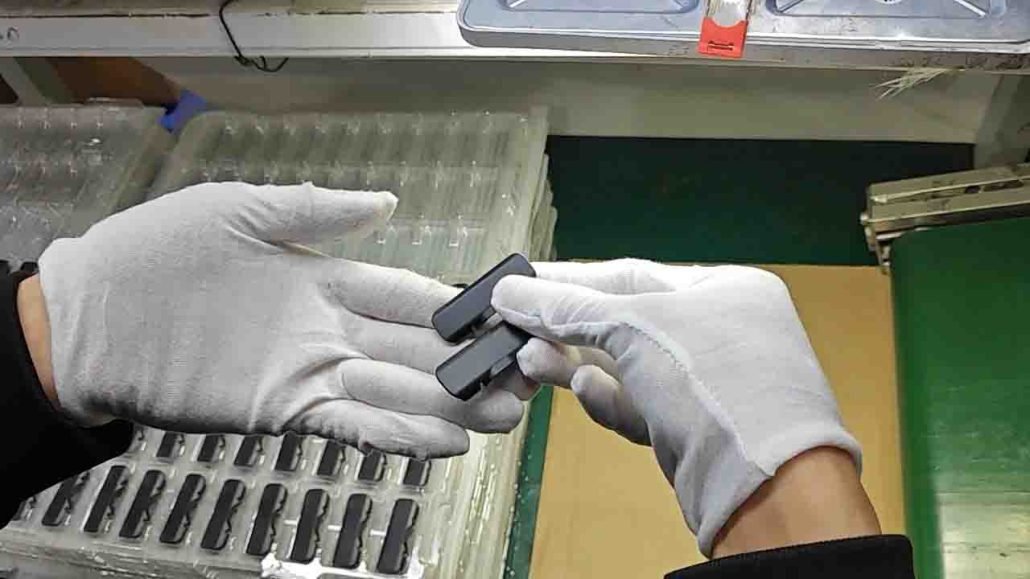As a seasoned injection molder, you know that sink marks can be a real pain. They can ruin an otherwise perfectly molded part, and cause significant delays and costs. Fortunately, there are several things you can do to minimize the risk of sink marks and achieve high-quality, consistent results. In this ultimate guide, we’ll cover everything you need to know about sink marks, including what causes them, how to prevent them, and how to troubleshoot them if they do occur. Let’s dive in!
Understanding Sink Marks
Sink marks are depressions or indents that occur on the surface of an injection molded part. They are caused by uneven cooling and solidification of the molten plastic, which creates areas of higher density and lower volume. These areas pull the surface inward as they contract, leaving behind a visible mark.
Sink marks can be particularly problematic for injection molders because they can affect the appearance, functionality, and durability of the final product. They can also be difficult to predict and control, especially in larger and more complex parts.

Preventing Sink Marks
The good news is that sink marks can be prevented or minimized by taking several key steps during the injection molding process. Here are some of the most effective strategies to consider:
Optimize gate placement: The location and size of the injection gate can have a significant impact on sink marks. Ideally, the gate should be placed in an area where the molten plastic can flow evenly throughout the cavity. This helps to ensure that the part cools and solidifies uniformly, minimizing the risk of sink marks.
Adjust cooling time and temperature: The rate and duration of the cooling process can also influence sink marks. If the part cools too quickly or too slowly, it may not solidify evenly, leading to sink marks. Adjusting the cooling time and temperature according to the material and part geometry can help to mitigate this risk.
Consider part design: The design of the part itself can play a role in sink marks. Parts with thick sections or sudden changes in thickness are more likely to experience sink marks, as these areas cool and solidify at different rates. By optimizing the design of the part, you can minimize these high-density areas and reduce the risk of sink marks.
Use the right material: Finally, the choice of material can also affect sink marks. Some materials are more prone to sink marks than others, depending on their composition, viscosity, and other factors. Choosing a material that is less likely to cause sink marks can be a wise move for certain applications.
The Causes of Sink Marks
Sink marks in injection molding result from the uneven distribution of plastic material in the mold cavity. When the material cools and solidifies, it contracts, and the thicker regions of the part take longer to cool. This delay causes the plastic material in these regions to shrink more, creating a depression or sink mark. The factors that contribute to the formation of sink marks include:
Uneven wall thickness: Parts with uneven wall thickness are more likely to develop sink marks. To avoid this problem, make sure that the design of your part includes uniform wall thickness wherever possible.
Incorrect gate placement: The gate is the point where the molten plastic enters the mold cavity. If the gate is placed in a thick region of the part, the resulting sink mark will be difficult to avoid. Ensure that the gate is in the thinnest section of the part to ensure even distribution of plastic material.
Inadequate cooling time: If the part is ejected from the mold too soon, it may not have enough time to cool and solidify completely. This can lead to sink marks forming on the part’s surface. Adjusting the cooling time based on the part’s size and wall thickness will help avoid this issue.
Incorrect material properties: The properties of plastic materials vary, and some types may be more prone to sink marks than others. Choosing the right material with the right filling and cooling properties is crucial to avoiding sink marks.

Troubleshooting Sink Marks
Despite your best efforts, sink marks may still occur from time to time. When this happens, there are several steps you can take to troubleshoot the issue and get back on track. Here are some common troubleshooting techniques:
Adjust cooling time and temperature: In some cases, sink marks may be caused by an inadequate cooling time or temperature. Adjusting these factors may help to minimize the issue.
Increase injection pressure: If the sink marks are caused by an insufficient packing pressure, increasing the injection pressure may be necessary.
Adjust gate location or size: If the sink marks are caused by an improper gate location or size, adjusting these factors may help to improve the flow of the molten plastic and reduce the risk of sink marks.
Use a different material or grade: If the sink marks persist despite your efforts, it may be necessary to switch to a different material or grade that is better suited to the application.
Strategies for Avoiding Sink Marks
To minimize or eliminate the occurrence of sink marks, use the following strategies:
Design for manufacturability: When designing your part, consider the manufacturing process, including potential challenges such as sink marks. Optimize the design for uniform wall thickness and gate placement to ensure even plastic distribution.
Adjust the material properties: Choosing a plastic material with the right filling and cooling properties can help avoid sink marks. Also, avoid using material that has been recycled multiple times, as this can negatively impact the material’s properties.
Increase cooling time: Providing sufficient time for the part to cool and solidify is essential for avoiding sink marks. Adjust your cooling time based on the part’s size and wall thickness to ensure the material cools evenly.
Use gas-assisted injection molding: Gas-assisted injection molding can help avoid sink marks by introducing pressurized gas into the mold cavity to push the plastic material toward the thinnest areas of the part.
Conclusion
By following these guidelines, you can reduce the risk of sink marks in your injection molded parts and achieve higher quality and consistency in your production process. Remember to optimize gate placement, adjust cooling time and temperature, consider part design, and choose the right material for your application. And if sink marks do occur, don’t panic – troubleshoot the issue by adjusting cooling time and temperature, increasing injection pressure, adjusting gate location or size, or using a different material or grade. With a little patience and know-how, you can avoid sink marks and produce top-quality injection molded parts every time.


